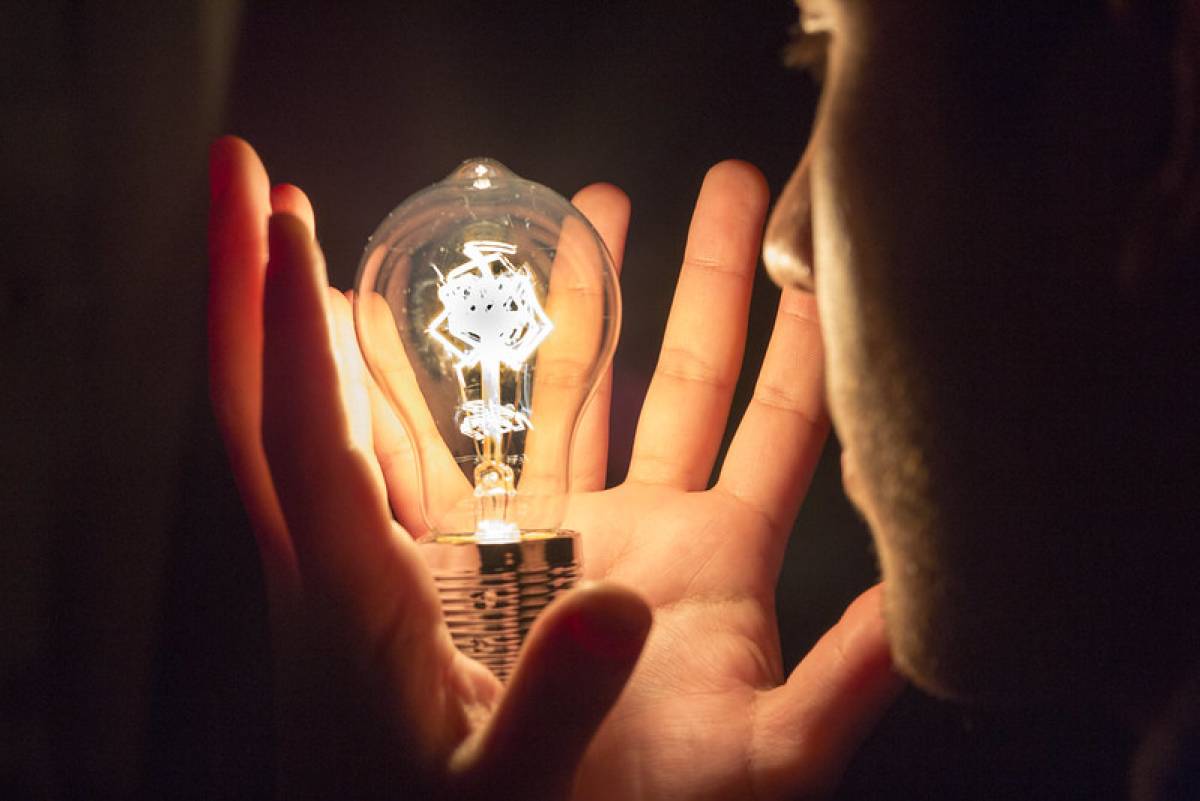6 Steps to Patent Ideas and Protect Your Innovations

Many innovators and creative minds have great and wonderful ideas, but they never take the step to patent their ideas, perhaps because they are unsure of how to go about it.
Patenting an idea or innovation gives you exclusive rights to it and legal protection for a pre-determined period, stopping others from copying, manufacturing, selling or using your ideas or importing your invention without your permission.
When the time comes to take your groundbreaking ideas and turn them into something tangible – a business or novel innovation, for example – you'll need to know how to patent those ideas.
Patenting an idea or innovation is a fairly complex process. There are many steps to follow, and each step requires making crucial decisions, including how much money you want to spend on patenting your idea.
Patents can cost anywhere from $5,000 to over $100,000 for some inventions. However, they provide a significant return by legally protecting your ideas and inventions and allowing you to keep competitors at bay.
Let’s highlight the basic steps involved in patenting an idea.
Here’s what you need to do:
Step 1: Determine if your idea is patentable
The first thing you need to do is see if your idea is patentable. This means that you must research whether someone else has already invented something similar to what you want to make or sell.
To do this, there are several databases and other sources available on the internet for searching for patents, including Google Patents USA, Google Patents International, and the United States Patent & Trademark Office's (USPTO) website.
According to USPTO, your idea must be novel and not copied from elsewhere for it to qualify for patent eligibility. It must cover subject matter that Congress has defined as patentable, including any “new and useful” process, machine, manufacture or composition of matter.
Before you apply for a patent make sure that:
- The idea or invention is useful or provides a “utility”.
- The idea or invention is “novel”
- The idea or invention is “non-obvious,” and
- The idea or invention has not already been disclosed to the public prior to the application for the patent.
Steps 2: Evaluate the marketability of your idea
There are many reasons why it's essential to evaluate the marketability of your idea before moving forward to patent it.
The first reason is that you might not be able to afford a patent and so will need to re-evaluate or abandon the invention if there is no money in it. This, however, doesn't mean that you can't make money off of a design without a patent.
The second is that if you can't get a product to market, it will be difficult or impossible for your idea to generate any significant revenue you desire.
The best way to evaluate the potential of an invention is by getting feedback from people in different industries who will give honest advice about the viability and possible success of the invention in the real world.
Step 3: Consult with a patent lawyer
This is always an advisable step when patenting your idea. Patent lawyers are trained legal experts who are well versed in patent-related matters, including patent licensing and infringement.
A patent lawyer can evaluate if your product, process, or article of manufacture has been independently created or not, if it is in violation of any existing patents and give you proper legal advice specific to your case.
The good thing is most patent lawyers in the US can address the intellectual property and business needs of clients throughout the country. This means that even a patent law firm in Orange County, for example, can assist you regardless of where you’re located in the country.
The cost for a consultation depends on the complexity of the invention and can range from $100-$1000 (USD). You can and should also discuss with your patent lawyer how you plan to make money from your idea.
Step 4: Write up the application and file it at the USPTO
Next, you will need to write up the application and file it at the USPTO. Next, a patent examiner at the USPTO will review and evaluate your application.
This process typically takes about 18-24 months, but may be shorter or longer depending on various factors like how complex your invention is and how quickly the patent office receives your application.
Step 5: Wait for patent approval before making any part of your idea public
You may be ready to start publicly investing time and money on your idea, but before you do so, it’s recommend to wait until the patent office approves your patent application.
Wait for feedback from USPTO before going public with any part of your idea or innovation. It typically takes about 18 months or so to get a response for USPTO.
If they reject your application for a patent, then you can decide on the next course of action with your team or lawyers.
Step 6: Publish and market your invention to raise public awareness
Once your patent is approved, you can now go public with it. Publish and market your invention to the world and create awareness of what your innovation is about.
Promote it online by setting up a website, starting a blog, or posting on social media channels like Facebook or Twitter.
You should also have at least one prototype of the idea to show potential investors who may be willing to invest in your idea. A prototype could be a sketch, a drawing, or even a physical model.
In Conclusion
Patenting your ideas and innovations is an important step to protect your innovations before launching them to the world. It's important to understand that you don't need to be a big, high-tech company or have millions of dollars to patent your ideas.
Rather, as long as you have a “novel” idea worth protecting, you should patent it following the basic steps mention above.
Hands protecting an innovation. Photo: Daniel Foster/Flickr.




















